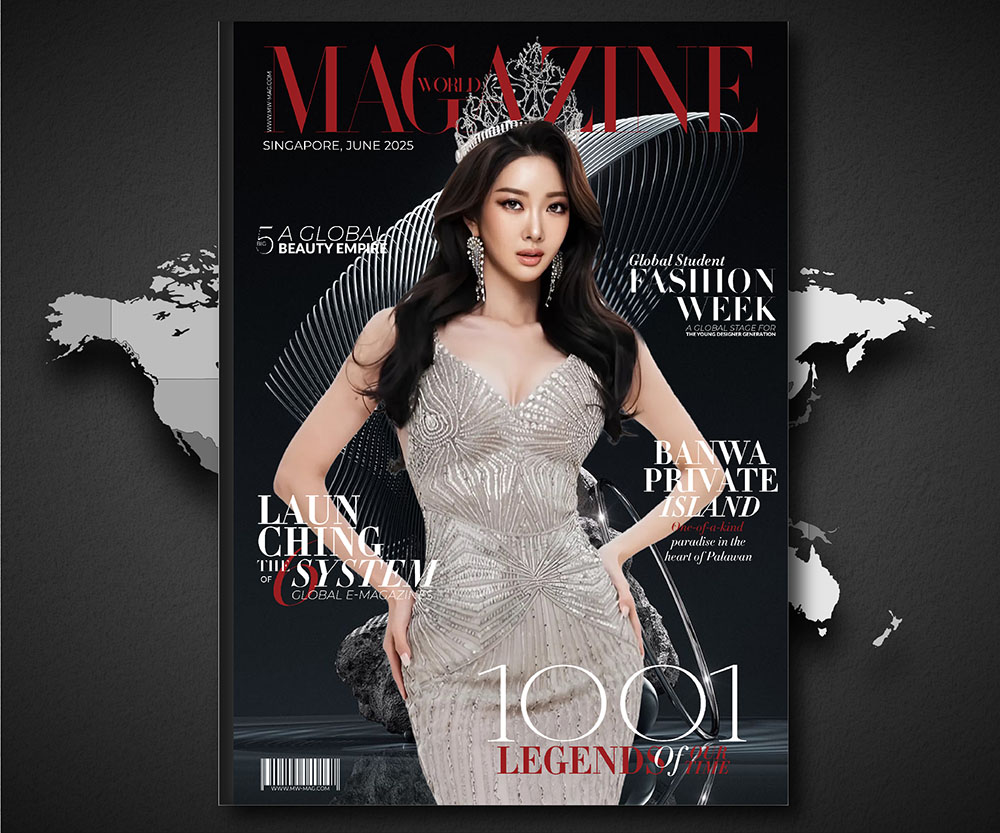From couture to craft whisky, Olivier Rousteing has never merely walked—he has soared. As Balmain’s creative director enters a new chapter of his career, his journey is far from linear. It’s cyclical, volatile, and defiantly luminous. In this conversation, Rousteing reflects on how each flap of his wings—personal, professional, and painful—has created whirlwinds that reshaped not only his own path but the very fabric of fashion itself.
Origins: The wingbeat that started it all
Olivier Rousteing is no ordinary name in fashion. Born to a Somali mother and Ethiopian father and adopted by white parents in Bordeaux, his story begins not on a runway but in a world far from the glittering lights of Paris. “The beginning of my life was obviously different,” he reflects over video call, his braided hair framed by the glowing logo of Johnnie Walker behind him—a visual clue to his latest collaboration. Raised by an ophthalmologist mother and a port worker father, Rousteing was steered toward a legal career, a path he briefly pursued in law school.
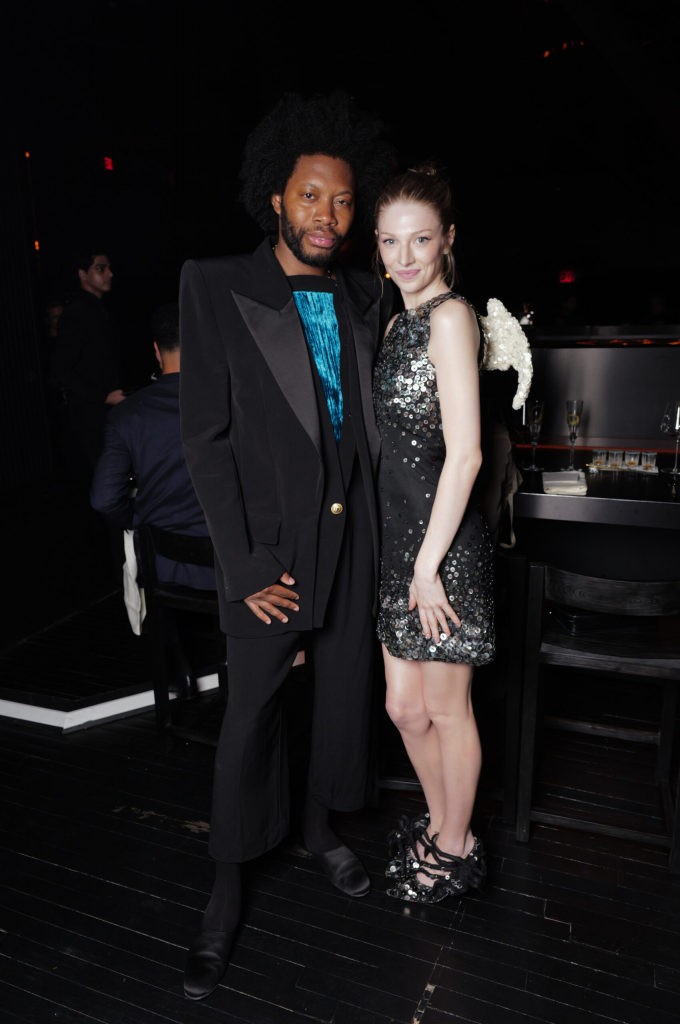
And yet, that wasn’t his destiny. “I love fighting for what I believe in,” he explains, likening his creative journey to advocacy. The courtroom gave way to the atelier as Rousteing moved to Italy, studied fashion briefly, and then entered Roberto Cavalli. But it was his ascent at Balmain that changed everything: at just 25, he became creative director—the youngest since Yves Saint Laurent and one of the first Black designers to helm a major Parisian fashion house.
Building a tornado in gold and glamour
Rousteing didn’t just inherit Balmain; he reconstructed it. His vision: futuristic, decadent, unapologetically bold. Embellished silhouettes, razor-sharp tailoring, and glittering theatricality became signatures of his creative reign. Through strategic collaborations—most notably with H&M—he democratized Balmain’s grandeur while preserving its elite appeal. Under his leadership, the house’s menswear soared, and with it, so did global visibility.
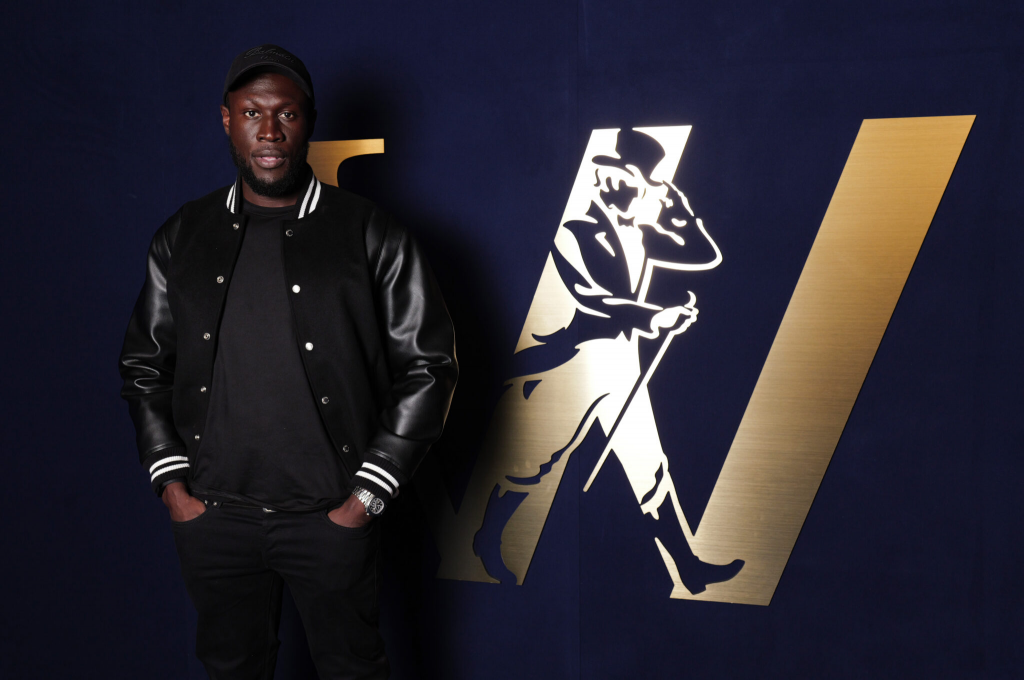
But his most lasting impact might lie in a single Instagram upload. In 2012, Rousteing defied fashion’s purist disdain for digital spaces. “I was definitely rejected for that,” he says. “They said, ‘Social media is not luxury.’” Fast forward to Balmain becoming the first luxury house to cross a million followers, thanks not only to the brand’s content but also Rousteing’s friendships with Beyoncé, Naomi Campbell, and Rihanna. A thumb pressed to a screen. A ripple through the industry. And a lesson: luxury, like identity, can—and must—evolve.
Fire, isolation, and the return
Transformation, however, rarely arrives gently. In 2020, days after debuting his Spring/Summer collection, Rousteing suffered a horrific fireplace explosion at home, leaving him severely burned. The physical and emotional scars were compounded by the COVID-19 lockdown, offering him solitude—but also secrecy. For nearly a year, he concealed his injuries behind curated images, until eventually sharing his experience in British Vogue.
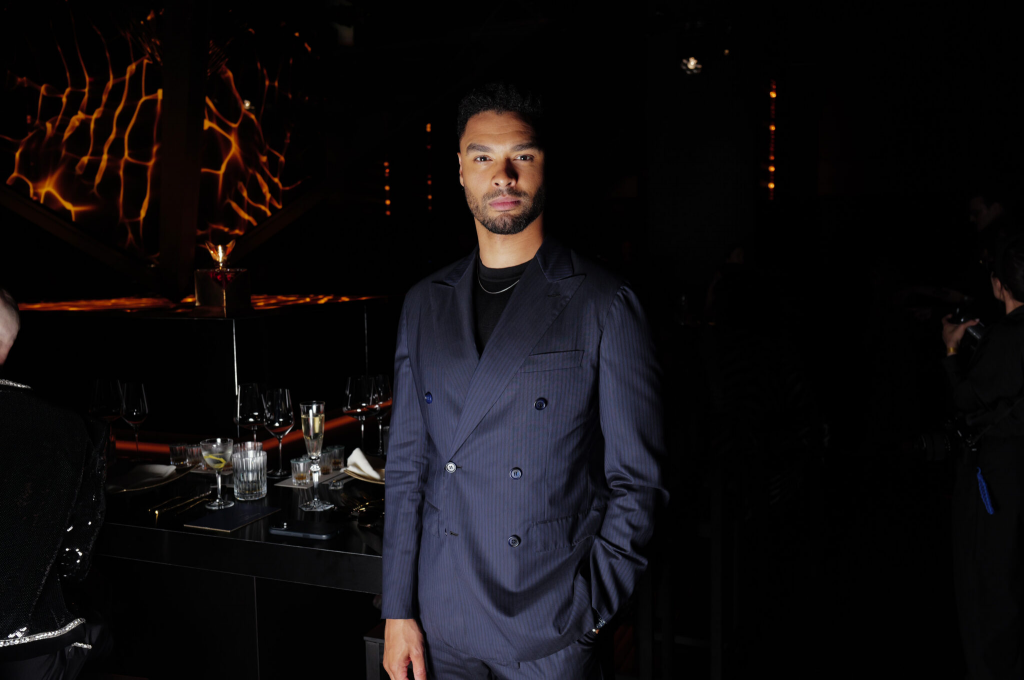
The designer who once channeled fashion’s brightest lights found himself retreating into darkness. He described the hospital gown, soap, even touching fabric as torture. Yet from the cocoon of trauma, Rousteing emerged transformed once again—this time with deeper clarity, renewed empathy, and an expanded artistic lens.
Beyond fashion: Crafting legacy in liquid form
What do you create when your art is often seasonal, fleeting, and fast-paced? For Rousteing, the answer came in the form of Couture Expressions, a collaboration with Johnnie Walker that bridges couture and craft whisky. Teaming up with Master Blender Dr. Emma Walker, the designer created four rare whisky blends representing the four seasons—each rooted in the same “heart” of ghost distilleries like Port Dundas and Brora, then nuanced by time and emotion.
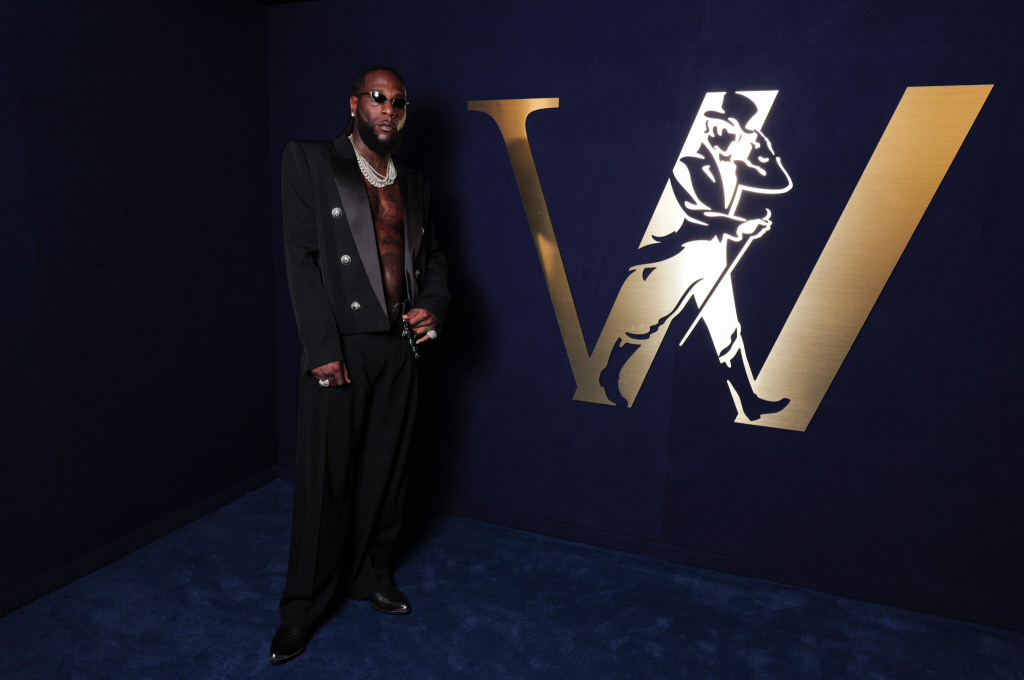
Spring is floral, Summer tropical, Fall contemplative, and Winter warm. The sensory storytelling extended beyond taste. Rousteing worked with Baccarat to encase each blend in crystal decanters draped in metallic folds—black, gold, rose gold, and silver—embodying both elegance and permanence. “Exactly what I wanted to create,” he says, “A sculpture… something that remains forever.” This project, part of Johnnie Walker’s new Vault platform, is Rousteing’s statement that style is not just worn—it’s preserved.
Eyes on the sky: The future of rousteing
Though known for his digital prowess, Rousteing foresees a surprising reversal. “AI is an incredible tool,” he says, “but I think the next generation will crave privacy. I believe we’re going to see people return to books, to magazines. A detox from cell phones is coming.” In a twist of irony, the man who brought fashion to Instagram now sees its eclipse on the horizon.
Yet even as he speculates on technology’s future, his focus remains eternal: the idea that identity, like design, must always be in motion. “We keep walking until we fly,” he says, echoing both Johnnie Walker’s motto and his own personal creed.
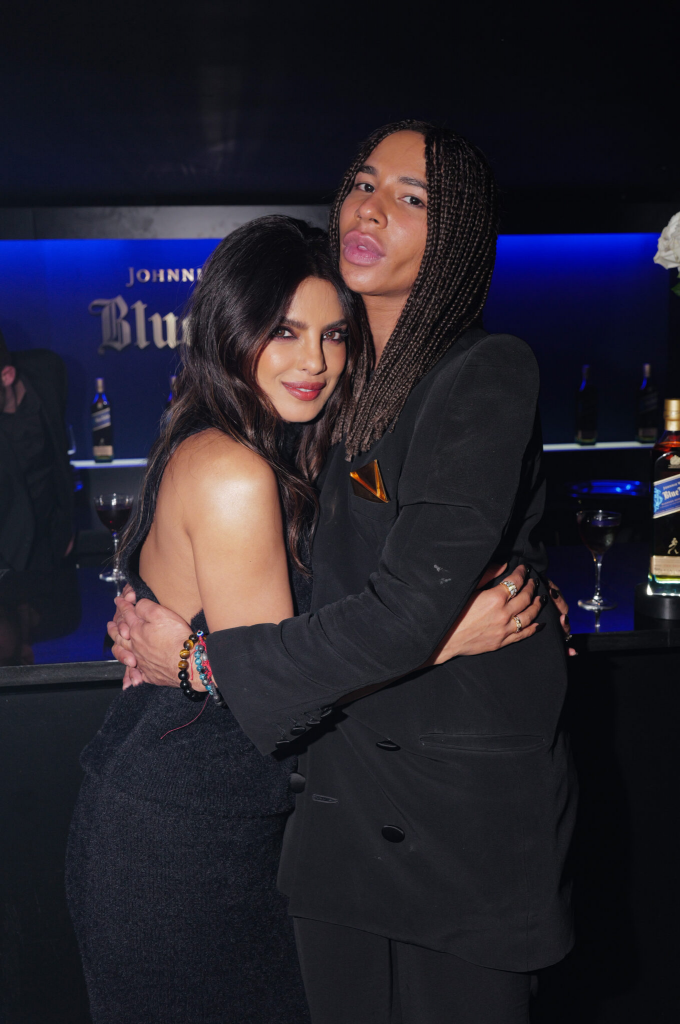
Rousteing’s metamorphosis—from Bordeaux to Balmain, from law school to runways, from healing to heritage—is not a single transformation, but a series of wingbeats. Each decision, each risk, each reinvention adds to the turbulence, the energy, the beauty of his storm.
The Designer as tornado, the tornado as art
Fashion may chase trends, but Olivier Rousteing crafts legacy. He has made it clear: identity is not static, and neither is style. Every wing flap matters. A dress becomes defiance. A bottle becomes sculpture. A life becomes a blueprint for creative freedom.
As Rousteing enters a new decade of his career, he continues to embody the chaos theory of couture—a butterfly flapping its wings not just to stir the air, but to change it entirely.


